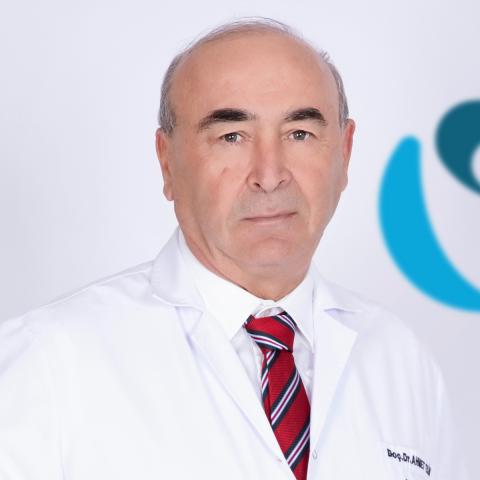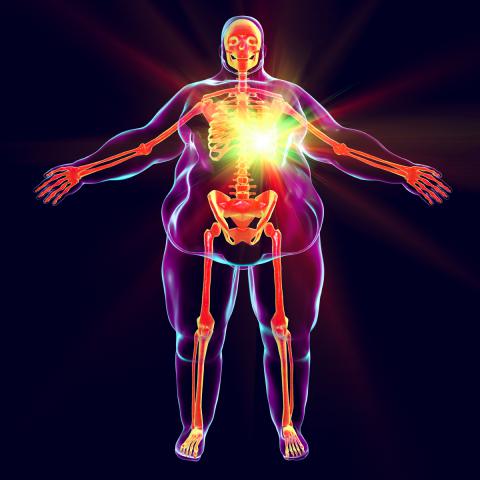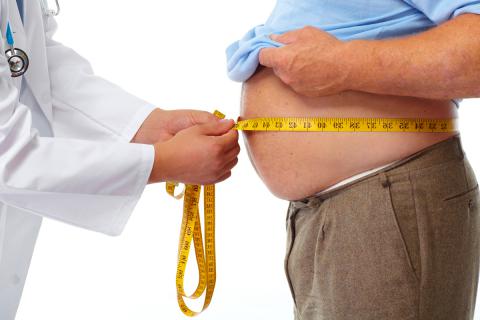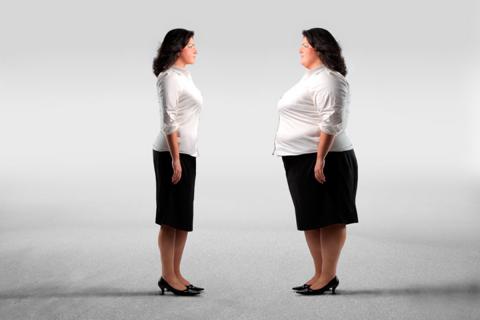26 years of experience in Laparoendoscopic Surgery;
26 years of experience in Laparoendoscopic Surgery:
In the last 20 years, almost all operations of general surgery have become laparoscopic. This technique has many advantages over the classical open technique. As of the end of 2020, 7800 gallbladder surgeries, 1180 appendicitis, 1865 inguinal hernia, 220 gastro-esophageal reflux, 77 liver hydatid cyst, 129 colon and rectum and 1480 bariatric surgeries (1330 sleeve gastrectomy, 150 gastric bypass) have been performed laparoscopically by me. In addition, 287 bile duct stones were removed using a combined laparoendoscopic technique. All results are excellent. The laparoendoscopic technique is developing day by day and opens new horizons in surgery.
OBESITY
Obesity, which is the most important health issue in the world, especially in developed countries, has now become an important health problem in our country. The obesity rate in Turkey has reached 30% (BMI ≥ 30). Especially Type 2 diabetes, hypertension and cardiovascular diseases may develop due to obesity. If the BMI is between 30-40 in obese patients, the treatment is the use of diet, exercise and gastric balloon. If BMI ≥ 40, treatment is surgery. Most common surgeries are sleeve gastrectomy and gastric bypass. Today, results of bariatric surgery are excellent, depending on experience and technical developments. The treatment of metabolic syndrome caused by obesity-related insulin resistance, Type 2 diabetes, abdominal fat, hypertension and high cholesterol is metabolic surgery.
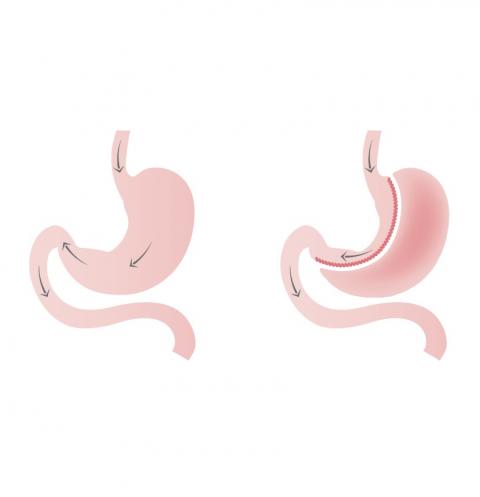
SLEEVE GASTRECTOMY (STOMACH REDUCTION)
In this method, 2/3 of the stomach is removed laparoscopically. Normally, the volume of the stomach is 800-1000 ml. After sleeve gastrectomy, the stomach volume is reduced by 250-300 ml.
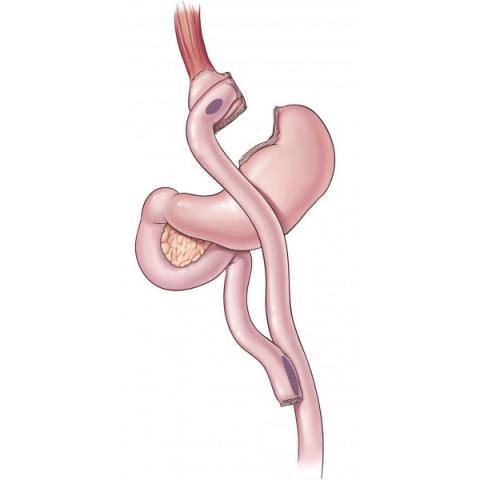
GASTRIC BYPASS
The stomach is divided into 2 separate parts by stapling so that approximately 50-60 ml of volume is left just below the junction of the stomach with the esophagus.
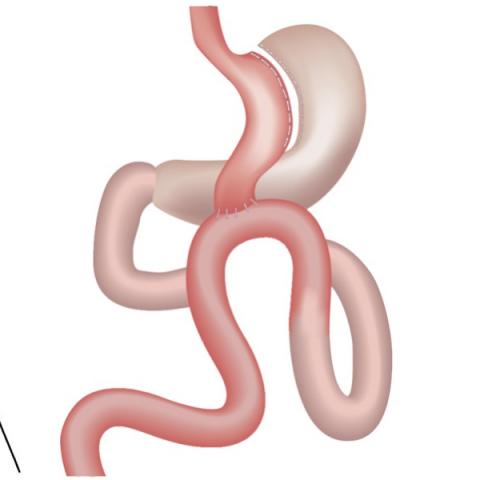
MINI GASTRIC BYPASS
It is a method that has emerged as an alternative to Roux en Y Gastric Bypass surgery and has been popular in recent years. Compared to gastric bypass, it is technically simpler and the surgery duration is shorter. Complications are less than traditional gastric bypass.
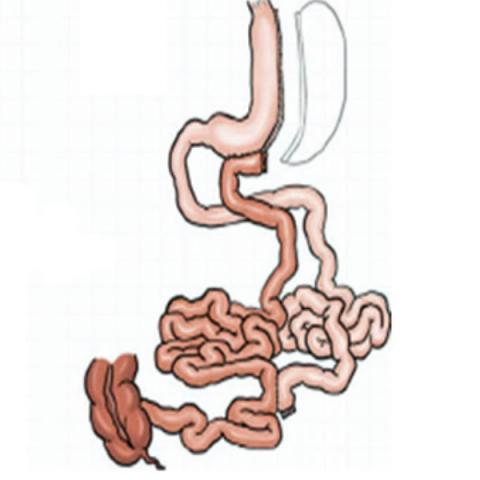
METABOLIC SURGERY
Metabolic syndrome is a bundle of cardiometabolic risk factors that develop in common genetic and environmental environments, characterized by large waist circumference, high blood pressure, qualitative and quantitative disorders in blood lipids, and high blood sugar.
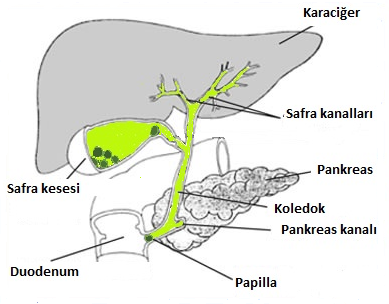
GALLBLADDER
Gallstones are small, pebble-like substances that form in the gallbladder. The gallbladder is a small pear-shaped sac located under the liver in the upper right abdomen.

REFLUX DISEASE
Reflux is the backflow of stomach contents into the esophagus. Normally, the sphincter consisting of muscles in the lowest part of the esophagus acts as a valve, preventing the stomach contents from returning to the esophagus.

INGROWN HAIR
Pilonidal sinus is a cavity (space, cyst) formation in the coccyx area, usually containing a hairball.

HEMORRHOIDS
Hemorrhoids, which are very common today and also known as piles among the people, is the enlargement of veins detected in anus and its cause is unknown.


